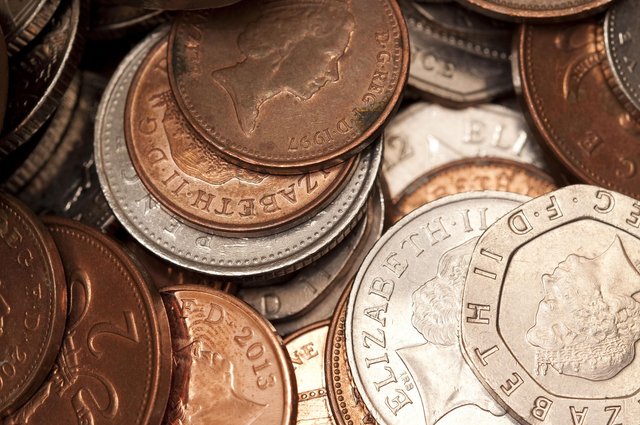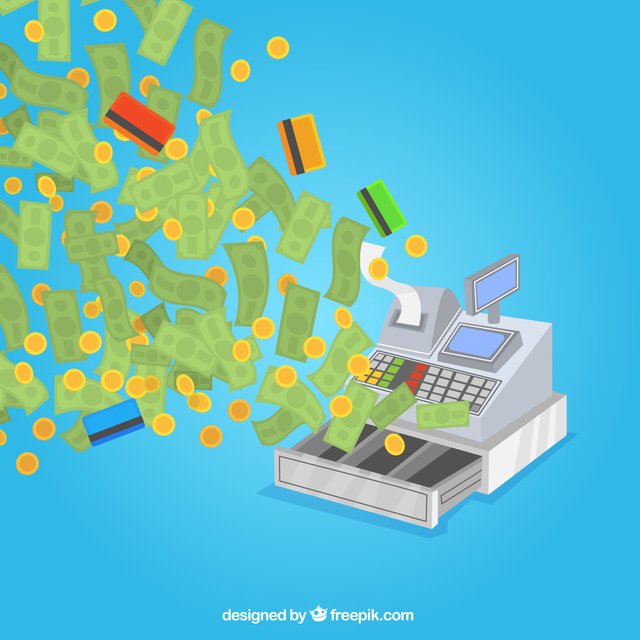Exploring What Ripple Has to Offer

Like it or not Ripple is a big deal for the time being. It is getting traction with very large financial institutions and looks like it might be the first big cryptocurrency platform to see real world use. I've always shied away from Ripple due to its centralized nature; Ripple owned nodes, supply completely controlled by Ripple, etc. However, I decided to put my feelings aside and take a look at what Ripple is and what it has to offer.
Ripple markets itself as an “Enterprise blockchain for global payments” and they offer three products for financial transactions; xCurrent, xRapid, xVia, and XRP.

xCurrent
XCurrent is Ripple's Bank to Bank cross-border payment solution and their SWIFT competitor. Believe it or not, this product has nothing to do with XRP coins or the technology in which those coins operate. This technology uses something called the Interledger Protocol (ILP) Ledger to facilitate cross border payments between banks.
The ILP Ledger exists as a sub ledger to a bank's general ledger. There is a lot going on behind the scenes but, essentially what this subledger does is allow for Ripple APIs to send information about the payment between banks instantly and in multiple currencies. This ledger will start a quoting process to determine all of the fees and fx rates at the time of payment and then process the payment near instantly.
While this isn't the sexy cryptocurrency type product we're all accustomed to, it does solve a very real problem for banks and if Ripples claims are true, really improve the way cross border payments are completed.


xRapid
This is where XRP comes in and it comes in with a bang. xRapid is just a feature that comes along with xCurrent. It gives the ability to make cross border payments in XRP rather than exchanging currency. Now to understand the benefits of this and why a bank would want to use this we need to look at how currency exchanges are usually performed.
When a bank wants to settle a payment in a foreign currency they or performs a currency exchange, they must use what is called a nostro account to facilitate this. A nostro account is a foreign account at a foreign bank held by another bank. This account contains the currency of that foreign entity and is used to facilitate transactions in that currency.
To help banks hedge against undesirable exchange rate fluctuations, they will hold currency in these accounts for long periods of time. Thus creating their liquidity in that foreign currency.
You can see that if a large bank wanted to deal in cross border payments and exchanges in many countries, the amount of nostro accounts could be significant. This creates both a financial and operational burden on the bank and is extremely difficult in emerging markets called liquidity costs. This is where xRapid comes in and hopes to decrease these liquidity costs.
When a bank implements xCurrent, they have the option to process cross border payments in XRP rather than a Fiat currency. The bank will purchase XRP from a liquidity provider in their country, transfer the XRP to the foreign bank, then that foreign bank will use a liquidity provider in their country to convert the XRP to that local currency. By doing this a bank is able to free up the large sums of money that had dedicated in nostro accounts and potentially increase their market reach into developing markets where nostro accounts were not feasible.
One additional note here is that Ripple gives a 30% discount on transaction fees when using xRapid in conjunction with xCurrent.


xVia
xVia is what Ripple is branding as it's “standard payments interface”. The documentation and information on xVia is relatively sparse but, based on what I was able to read through on the web, it's essentially an API that allows you to make payments outside of a bank to bank scenario. If my understanding is correct xVia allows for an entity to pay for a product/service in XRP through xVia and that service provider could get paid in whatever Fiat currency they use. There isn't a lot of details about how this works. It seems that this phase of the Ripple place. Is further into the future than xCurrent or xRapid.

After looking into Ripple’s products, I'd say they are offering some very lucrative and useful products that could very well make it into the wild in the near future. While I still don't think that Ripple follows the real decentralized, uncontrolled, cryptocurrency dream, I do think it looks to do a decent job of marrying the traditional banking world with cryptocurrency.
I hope you found this information interesting and useful. If you'd like to hear more crypto news follow me at @clshipp91 and check out some of my other posts below.